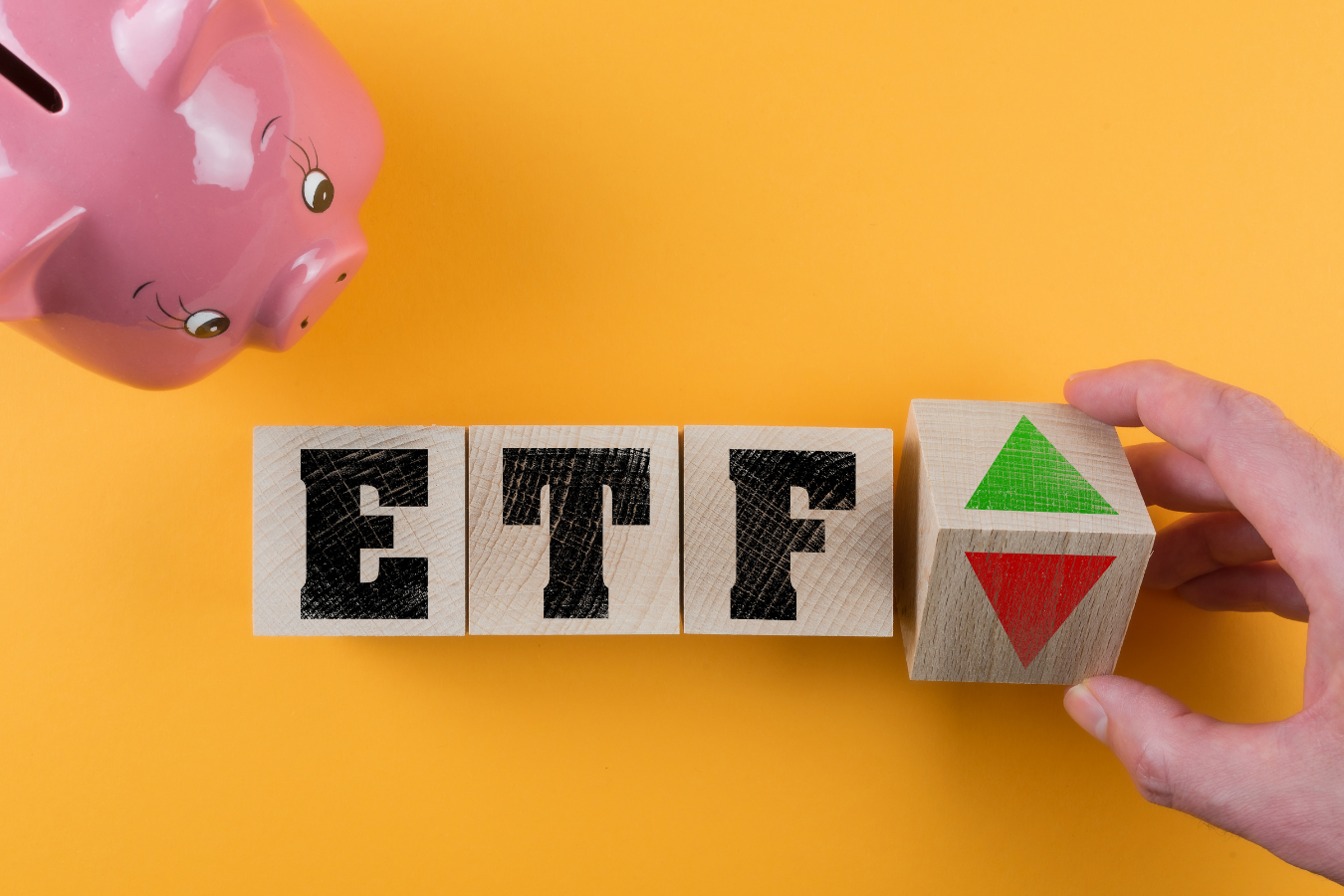
You may have heard of financial experts recommending ETFs as their go-to investment for stable returns over the long haul. But what is an ETF?
Simply put, ETF stands for “exchange-traded fund”. Think of it as a basket of different individual investments pooled together into a single fund which is then bought or sold on the stock exchange.
Passive investing with ETFs
ETFs are a form of passive investing. Their goal is to mirror the performance of a market benchmark such as the Standard & Poor’s 500 (S&P 500) index, a collection of 500 stocks intended to reflect the overall return characteristics of the US stock market as a whole.
When you buy shares of an ETF, you are essentially getting a little bit of ownership in the investments tracked by the index. So if you invest in the SPDR S&P 500 ETF, you’re automatically invested in all 500 stocks that make up the index.
Built-in diversification
Because a single ETF can hold hundreds of different investments, it is an affordable way to add diversification to your portfolio. Generally, investing in just one stock is risky. If the investment tanks, your portfolio value goes down with it.
But if you invest in multiple stocks, there’s a good chance that your other stocks will still perform well even if one underperforms. This is why diversification is important – you ensure that your portfolio value is not dependent on the performance of any one stock.
Access various markets and sectors
This built-in diversification also allows you to gain instant access to various market segments. For instance, you may invest in the Invesco QQQ ETF for exposure to the 100 largest companies on the Nasdaq, or the SPDR Gold Shares ETF for exposure to gold.
In fact, you can build an efficient and effective portfolio entirely from ETFs. Syfe’s Global ARI portfolios are one such example. They hold stock, bond and gold ETFs that are diversified across sectors and geographies, so investors get a balanced investment portfolio aligned to their goals.
Low fees
Any fund you invest in will have management fees associated with it. These fees mainly go towards the people who manage the fund’s investments.
Since ETFs are passive investments, there is a lot less buying and selling that typically comes with traditional, actively managed funds. As such, ETFs tend to have much lower management fees compared to active funds. For example, you’ll pay just 0.05% in management fees for the SDPR S&P 500 ETF compared to fees of 1% to 2% for an actively managed fund with a similar exposure.

Higher fees don’t mean better returns. On the contrary, high fees eat into any excess returns the fund manager is able to produce, which is usually why actively managed funds underperform their benchmark indexes over time. Ultimately, less money paid to your fund manager means more money for you.
Other important ETF considerations
While low fees are important, there are other factors to consider when choosing ETFs. At Syfe, we select ETFs that are highly liquid as well i.e. ETFs that have high trading volumes. High volume levels help keep bid-ask spreads low and allow investors the flexibility to enter and exit the ETFs whenever they need to.
By picking ETFs that have low management fees and high liquidity, we keep your total investing costs low. At the same time, you enjoy hassle-free access to some of the world’s top ETFs, from SDPR S&P 500 ETF, to Invesco QQQ ETF, to iShares MSCI Emerging Markets ETF.
Ready to start your ETF investing journey? Learn more about Syfe’s ETF portfolios here.



You must be logged in to post a comment.